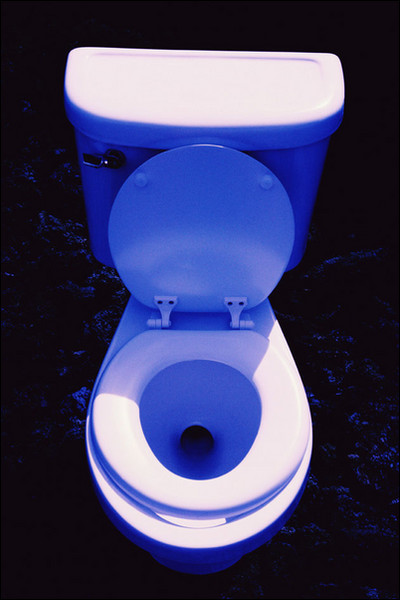Let’s face it: No one wants to talk about what goes on behind closed doors in the bathroom. But there are very important environmental issues involved. The toilet has been vastly improved over the past decade in terms of water usage and flush-ability. The original low-flow toilets required more than a single flush to remove more than minimal waste from the bowl. Today there are dual-mode options to remove either type of waste using the minimum required amount of water for a successful flush.
However, while this relieves some pressure on the supply end of the fresh water cycle, it still leaves the environment with a pipe load of waste that goes to the local sewage treatment plant or to a very “local” home septic system. Neither is eco-friendly and, in most cases, in the United States the waste is treated and returned to the water system at a high cost to energy and the environment. From the bowl back to nature, the waste is treated, settled, held, filtered, dried, agitated, oxygenated, light treated, you name it; we are doing it to bring the flora level back to the same or better than when it entered the water system at the other end of your tap. But this is neither efficient, nor green, nor environmentally friendly. It is what we as Americans can stomach. Yes, we have some of the most advanced and best water treatment facilities in the world. We have some of the largest stockpiles of available freshwater in the world and we are exploiting it.
The book, The Big Necessity, by Rose George has an entire chapter on how China has a bio-gas boom. To sum up a chapter in a few lines is hard to do but simply put, the Chinese use the “septic type” tank called a digester in their backyards to produce gas that is then piped back into the house for heat and cooking. Not only do these digesters convert locally produced waste to usable energy (gas), the end product waste is fertilizer that can be used after the “fen” has been digested. This closes the waste cycle and instead of shipping your waste downstream the local economies benefit. I often see huge tankers full of natural gas around the harbor in Boston being brought in to supply the heating needs of the city and surrounding community. Now I wonder if a small portion of that need could be supplied locally by the homeowners themselves. Instead of depending on foreign energy sources, we could tap our own natural resources and help the water cycle by creating less sewage to treat. I am not saying this is the answer for every community. But every time I hear the news about how much it costs to heat a home these days I think, WOW, if we had planned this better we would be heating our homes for free. Just like setting up solar or wind power on a house by house basis we could be setting up digesters to produce bio-gas because that gas is still being produced somewhere as the waste breaks down and being released into the atmosphere to no one’s benefit but probably to our detriment. CNN reported this as a solution for India but why would it not be solution for the United States as well or are we too prudish about our own poop? What are your thoughts?
Credit: The Big Necessity




























